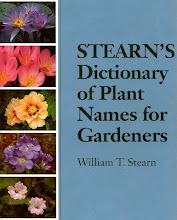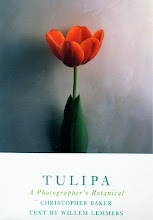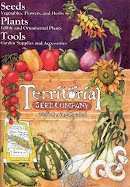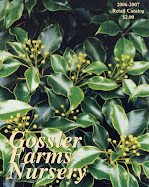Witt Winter Garden February 2013
Stachyurus praecox at the Witt Winter Garden February 2013
Daphne bohlua 'Jacqueline Postill' at the Witt Winter Garden February 2013
Cyclamen coum at the Witt Winter Garden February 2013
Hamamelis x intermedia 'Jelena' at the Witt Winter Garden February 2013
The Witt Winter Garden is located at the Washington Park Arboretum in Seattle, a short walk from the the Graham Visitors Center. It can also be reached by crossing the Wilcox Footbridge over Lake Washington Boulevard E from the end of E Lynn Street in the Montlake neighborhood. This is my favorite approach to one of the gardens I love best. The Witt Winter Garden features a central lawn surrounded by large native conifers & an assortment of
smaller trees, shrubs & perennials with winter interest. Many of the flowers are fragrant. The best time for flowers is late January & early February when the Hamamelis (witch-hazel) are in bloom. The air can be filled with their fragrance on a warm & sunny winter day. I love this odor more than any other. The fragrance of Sarcococca (sweet box) is also pleasing & pervasive. Acer griseum (paper-bark maple) Betula albo-sinensis (Chinese red birch) Camellia, Cornus stolonifera (red-twig dogwood) Corylus (hazel) Corylopsis (winter-hazel) Cyclamen, Daphne, Helleborus, Garrya issaquahensis (silk-tassel) Mahonia, Rhododendron & Salix (willow) stand out among many other plants. One thing I dislike about the garden is the lawn. It is soggy & muddy in the winter. Don't walk on it. There are plenty of paths around it & between the various beds. The winter garden was originally designed & planted in 1949. It was redesigned & named for Joseph A. Witt Winter Garden in 1987, then renovated in 2010. The renovation added Acer
tegmentosum ‘Joe Witt’ (Manchurian snake-bark maple).
Wilcox Footbridge at the Washington Park Arboretum February 2013

















































































































